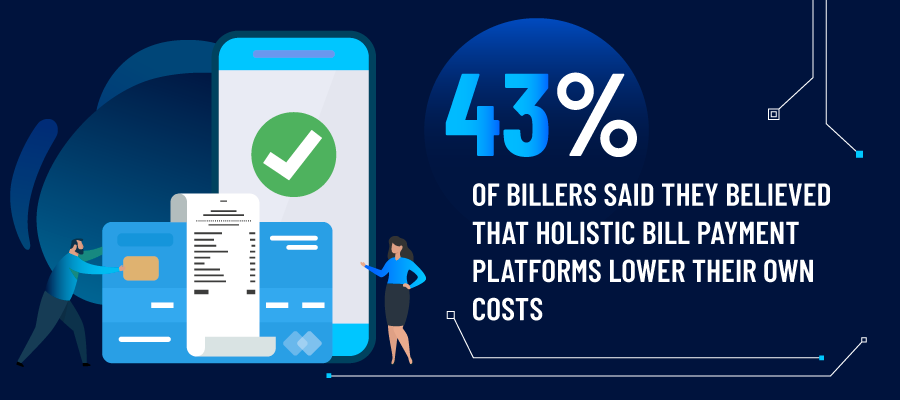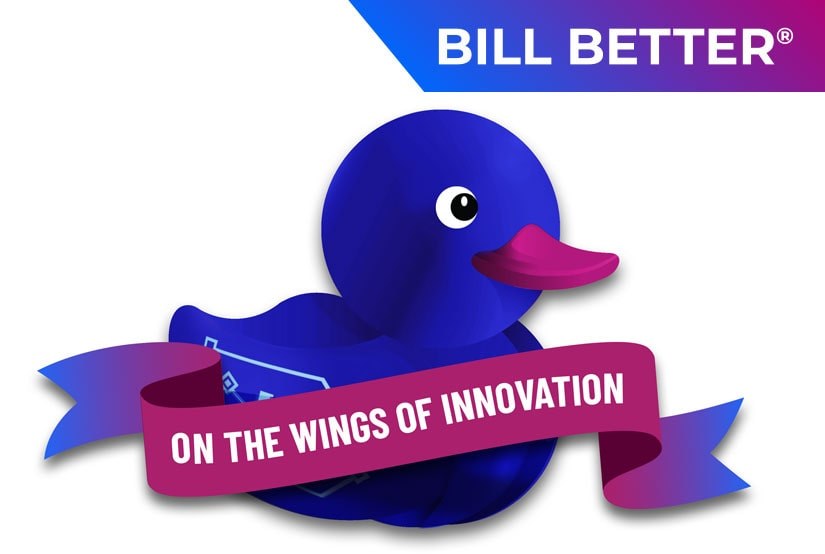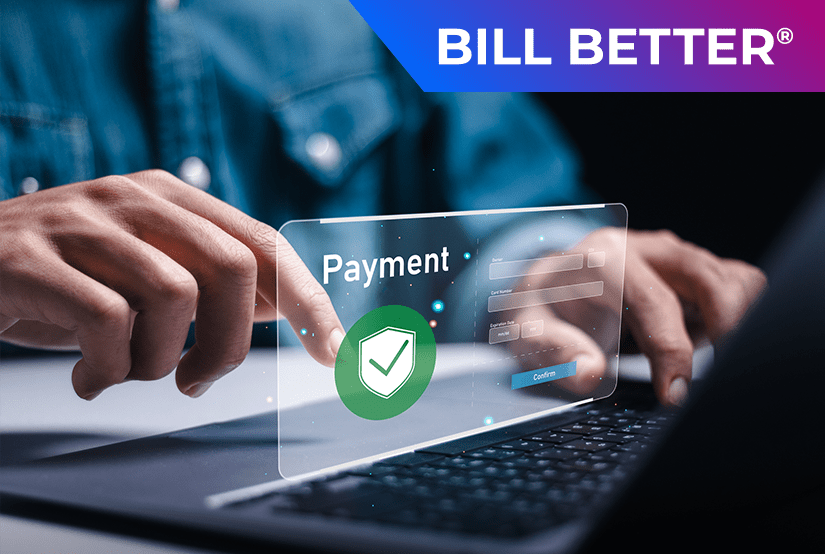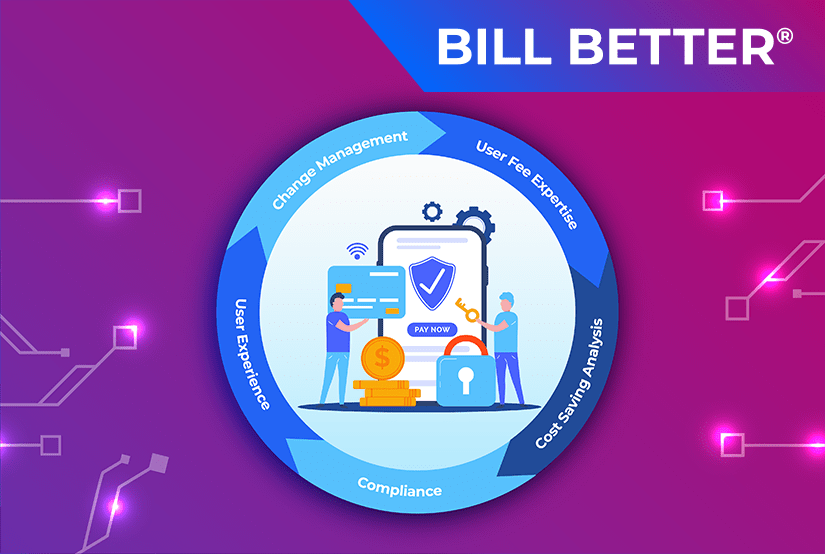Are You a MacGyver or MacGruber for Your Billing & Payment Solution?
When it comes to American pop culture, few shows have created a lasting impact like that of MacGyver. Synonymous with ingenuity and cleverness, the act of “MacGyvering” has largely become a badge of honor for those needing an out-of-the-box fix to a seemingly insurmountable problem.
While MacGyver may have debuted in 1985, it was given new life thanks to Saturday Night Live’s “MacGruber” parody. Where MacGyver could solve any problem with a compass, shoestring, duct tape and, of course, a paper clip, MacGruber generally bumbled his way into blowing up whatever it was he was working on.
What does this have to do with billing and payments? A lot, particularly around how organizations historically had very little choice in how to build a billing and payment solution and very few vendors who could offer a premier choice.
Is Your Organization a MacGyver or MacGruber?
To answer this question, we must first consider how MacGyver or MacGruber would address our world of billing and payments.
Say that as part of a modernization initiative, an organization decides to expand its payment offerings to include digital wallets. Without a solution that is purpose-built to integrate these payment options, the organization must now work with an additional vendor to add them to its existing billing and payment platform.
This process will necessitate finding the ideal vendor that can offer a solution compatible with the organization’s current platform. Once this vendor has been chosen and the contract agreed to, the work really begins. The new vendor must work with both the organization’s team and the existing payment platform provider to implement digital wallets.
While ideally this project may take a month or so to implement, the reality is that not all vendors will play nice with each other (especially when they have competing interests) and compatibility issues can arise during implementation. This can lead to delays that take what should be a standard integration into a custom nightmare.
Another downside is that adding digital wallet capabilities in this manner has also added another layer to the platform, which does little to address or integrate with other payment types, communication capabilities, data gathering or reconciliation and support simplicity. This third-party experience may also not fit seamlessly into the existing UX, stifling the organization’s ability to offer its customers a cohesive omnichannel experience. Because of this, customers may be faced with having to use various portals/vendors and integrations depending on their payment method. This will impact adoption and ensure a frustrating experience for many.
Topping this off is the likelihood that the organization will be paying more given the inclusion of another partner duct taped into their existing environment. Not exactly a great ROI.
MacGrubering is a Likely Outcome
Nobody sets out to be MacGruber but combining tech stacks and layers in pursuit of a holistic solution will leave platforms falling short in terms of service, support and product capabilities. Reporting and reconciliation will present a world of challenges, and this is assuming the integration actually goes off without a hitch (and in many cases, this is a bad assumption).
No, an organization may not “blow up” their billing and payment platform but it will have created a situation where it now needs even more cobbling to piece together a comprehensive platform, and more support than ever.
To address this, the biller will need to identify the vendors responsible and work with each to correct them, possibly impacting a different piece of the platform. This also invites situations where various vendors must work together regardless of their compatibility. And again, the biller will be paying more for this level of inefficiency.
Don’t Settle – Opt for a Holistic Billing and Payment Solution
Bottom line: you never really want to be either a MacGyver or a MacGruber. The best solution is a holistic, single-source platform purpose-built natively from the ground up in three dimensions: flexible and forward looking, expandable and future proof to new technologies and innovation, and able to leverage your existing investments in technology compatibility to ensure cohesion in your back office.
A holistic platform renders the need to MacGyver together capabilities moot and virtually eliminates the MacGruber outcomes from a piecemealed system.
(In this exclusive interview with PYMNTS.com, learn the keys to building a one-stop-shop for billing convenience, critical questions to solve legacy pain points, the business benefits of a holistic solution and more.)
The key advantage of a holistic solution is that it is essentially flat in terms of the layers it employs. By removing layers and vendors, billers are able to achieve the greatest efficiencies possible in terms of ongoing innovation, cost and data extrapolation.
Data and analytics may be the biggest advantage of a holistic solution. The ability to seamlessly collect and collate data from all payment channels presents billers with the clearest view of their business processes. The Paymentus Agent Dashboard, for instance, offers unparalleled visibility into every transaction and the revenue management cycle. This information is not accessible if your payment channels are not specifically geared to communicate with a data collection engine.
Cost is yet another major benefit of opting for a single vendor. In a recent survey, 43% of billers said they believed that holistic bill payment platforms lower their own costs. Relying on multiple vendors means multiple contracts with varying terms and conditions. The cost to manage each of these relationships necessitates savings elsewhere, which could hamper innovation. If adding digital wallets is not in the budget, it won’t soon be appearing on your platform.

Finally, a single-vendor solution allows for the development of highly thoughtful experiences that greatly increase customer satisfaction and convenience. Advanced notifications, expanded payment types and greater personalization are just the start. Imagine a scenario where your billing solution recognizes a user’s smartphone type and automatically offers that digital wallet first. This type of innovation is not possible with MacGyvers or MacGrubers.
Want to learn more about the need for holistic experiences? Check out this new white paper from PYMNTS and Paymentus for in-depth look at consumer and executive perceptions of the bill payment process and why comprehensive, inclusive payment portals must become priority #1 for today's billers.



